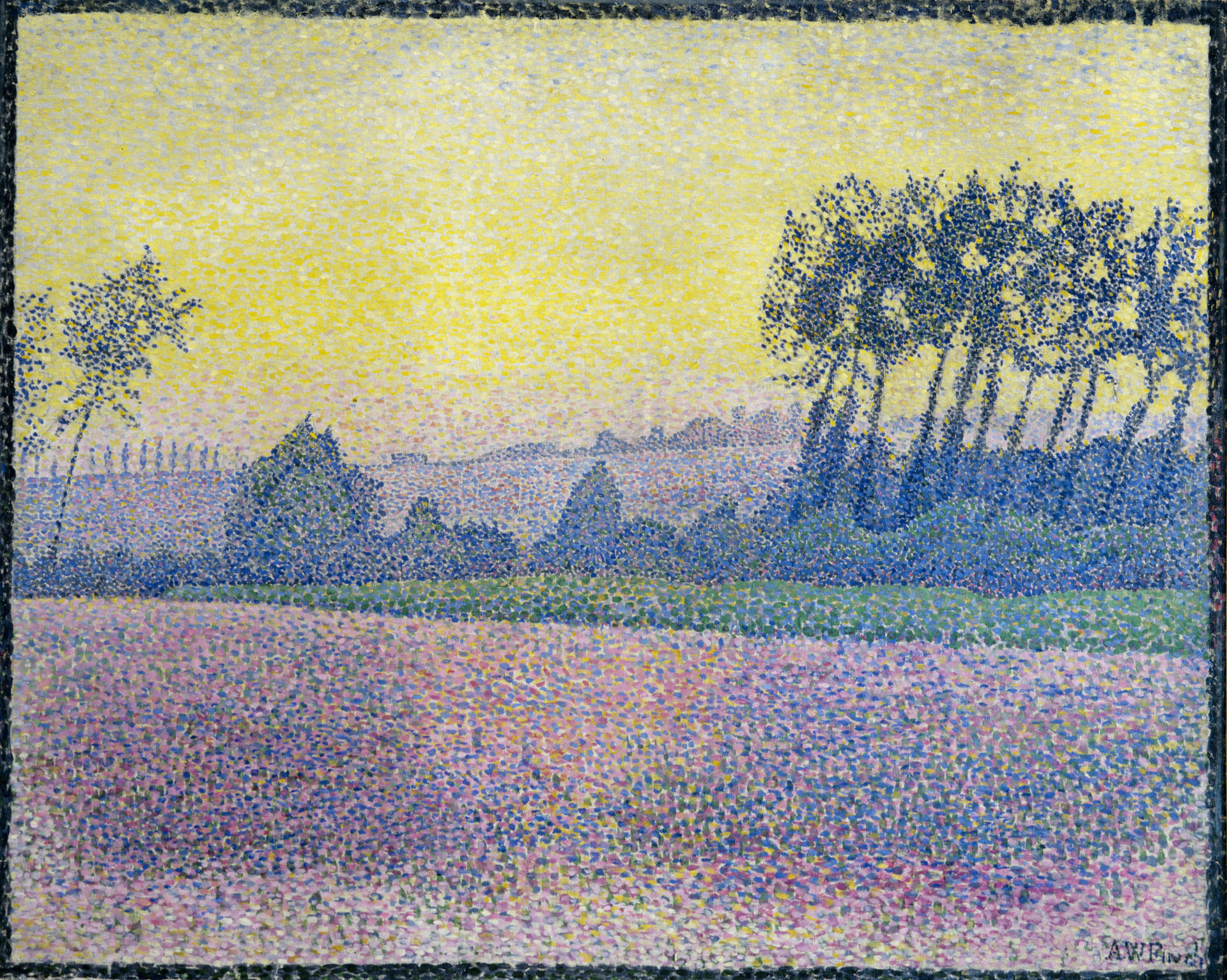preIB Euroopan historian kurssi 1 (1900-luvun historiaa)/20th European History Course
- Teacher
Anu Waltari-Grundström
preIB Euroopan historian kurssi 1 (1900-luvun historiaa)/20th European History Course
1980s popular music genres and the battle for the ’soul of rock’, 7 times 2 h, total 14 hours, period III and IV, 19.3.-14.5.
This course will take a look at the wide and various styles and discourses of 1980s popular music genres, and from the point of view, how this decade questioned the 1960s-based rock-canon and -history, inspired by the punk- and post-punk revolution. The proliferation and diversification of genres and musical styles (dance: e.g. synth- and electropop, disco, Britsoul, acid house, rap and hiphop; rock: e.g. post-punk, metal, indiepop, industrial, goth), often overlapping and interacting with each other, will be connected to the acts, stars and groups defining the decade.
Popular and cultural historical context (beginning of the neoliberal era, politics and ideologies, media revolution and ’style bibles’, heritage-culture and advertising, birth of MTV and music videos, sampling and new audiovisual technology) will help to understand the philosophy and style of genres, as well as their connections to the 1980s lifestyles and sub- and youth-cultures.

The lecture series focuses on the representations and narratives of the “Great Patriotic War” of the Soviet Union against the Nazi Germany. The primary emphasis in on cultural history of warfare, both in the political construction of wartime narratives and the cultural resonance of wartime narratives in subsequent politics in the USSR and the present-day Russia. The lecture series covers the construction of war propaganda and wartime narratives in 1941–1945, their significance in the Soviet era and their exploitation in the memory politics by the Putin regime, especially in the present-day invasion of Ukraine, where old images and narratives have been deliberately revived.
The lecture series aims to illustrate to the students such matters as the role of the Great Patriotic War as the cornerstone of Soviet patriotism comparable to the Revolution and as the paramount cornerstone of subsequent post-Soviet Russian patriotism; intersections between Soviet patriotism and Russian nationalism and their resonance to this day; importance of war propaganda and demonization of the enemy to the culture of war; significance of gender in the construction of wartime heroic myths and images; and the impact of the memory of war on the fault lines between loyalists and dissidents and its ability to transcend these fault lines.
One of the important tasks of social science research is to understand change in behaviour and attitudes of individuals over time. Questions about the timing and occurrence of events and transitions such as the timing of labour market (re-)entry, duration of partnerships, birth intervals, or school drop-outs cannot be studied with standard methods but require specialized techniques of event history analysis.
This course describes how to manage, describe, and model event history data as it pertains to the types of research carried out in the social sciences. It offers practical experience with real world examples and an overview on the estimation of continuous- and discrete-time event history models.
Lukion pakollinen kurssi normaalikoulun IB-lukiolaisille.
The course introduces the mostly unknown literature with reference to better known historical figures of the First World War and the Russian Civil War. The literary part deals with mass military fiction and the works of various authors of the period. The early stories of the later famous Soviet male authors Boris Lavrenev, Boris Pilnyak, Pavel Bliakhin, Veniamin Kaverin, Eduard Bagritsky, etc., will be analyzed from the intertextual point of view. The study of the novels of Sofia Fedorchenko, Liusia Argutinskaya, Tatiana Dubinskaya, the "forgotten" women writers who took part in these wars, as well as the memoirs of unknown nurses, will shed light on the Sisters of Mercy and female soldiers as underexplored heroines. The course shows how historical and semi-mythological images and stories, such as the legend of Stepan Razin, were linked to wartime images of women. The historical part will reveal the origin of female commanders of the Russian Civil War fictional characters from the images of people described in historical documents. All texts will be placed in a broad historical, biographical, cultural and social context.